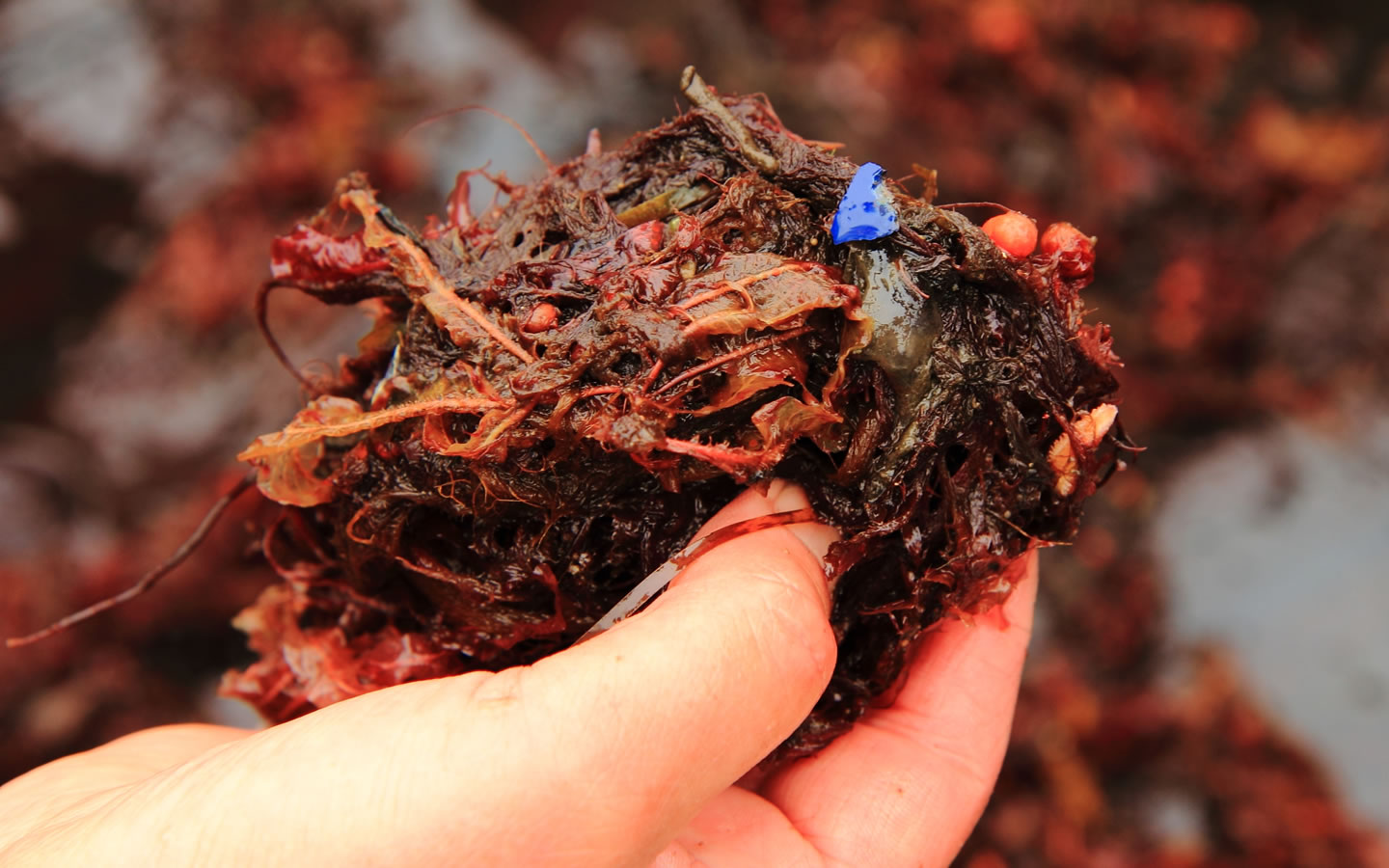
Gigantic Waste Accumulation in the Oceans

The amount of waste produced worldwide from daily life has reached unimaginable proportions. A large part of this waster ends up in the sea. Especially problematic is plastic waste, of which, according to estimates by the United Nations' Environment Program (UNEP), 6.4 million tons end up in the oceans annually. The degradation time can be hundreds of years. Plastic bottles and fishing nets are particularly long-lasting. Marine animals can be strangled by waste, can swallow it, suffocate or starve as a result of marine waste. Furthermore chemical toxins can enter the food web by being absorbed as miniscule particles.
Huge waste carpets exist in the oceans, of which only 15 percent float on the surface. 70 percent lie on the ocean floor and 15 percent reach the coast eventually. The floating waste gathers in the middle of the oceans, for example in the North Pacific between Hawaii and North America. The "Great Pacific Garbage Patch" is the name given by environmental scientists to the largest known waste vortex, which is a few hundred kilometers wide.
Experts agree that waste accumulation in the oceans can only be stopped through international agreements on ocean environmental protection in combination with effective waste prevention plans and recycling.
How much time elapses until they are degraded?

Newspaper: 6 Weeks
Milk Cartons: 3 Months
Plastic bags: 1-20 years
Plastic foam cups: 50 years
Aluminum cans: 200 years
Disposable Diapers, Plastic bottles: 450 years
Acrylic cans with lid for micro plastics: Accumulation in the food web unknown until infinity...?
